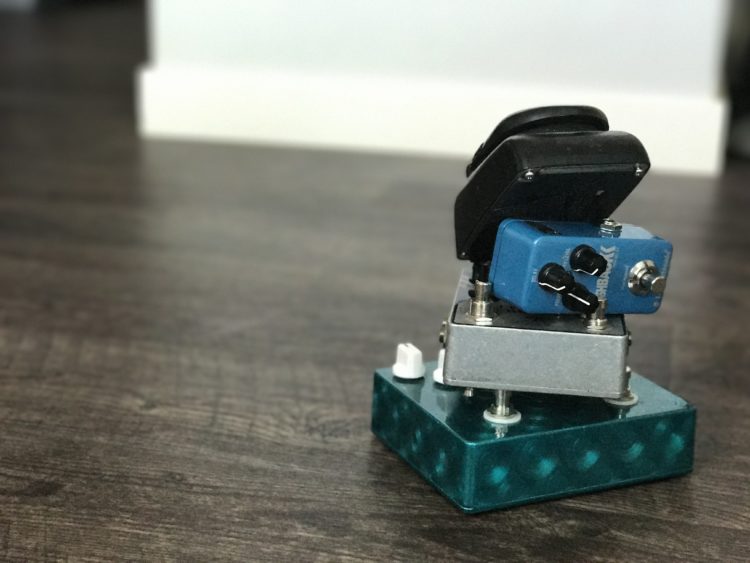This post may contain affiliate links
If you are anything like me, you have a decent collection of overdrive pedals laying around, and many of these overdrive pedals may not be getting the love that they deserve. I know I used to have a few overdrive pedals just collecting dust in my practice space. That was before I discovered stacking overdrive pedals. This allowed me to bring some of these old overdrive pedals back to life, and caused me to completely rearrange my pedalboard.
What is Stacking Overdrive Pedals?
Stacking overdrive pedals means using an overdrive pedal in unison with another guitar pedal. Doing this causes the two guitar pedals to work together to create new tones and textures. Which can open an entire world of new sounds coming from your amplifier.
There are many ways to stack an overdrive pedal in your signal chain, but some of the more common overdrive stacking options are with:
- Other Overdrive Pedals
- Boost Pedals
- Fuzz Pedals
However, when you are learning how to set up a pedalboard, you will find that stacking overdrive pedals is an art form. Not every overdrive pedal sounds good in a stacked setting, and the outcome does rely heavily on your entire rig. With this in mind, we wanted to show you a few ways to try out stacking overdrive pedals!
Stacking an Overdrive with a Fuzz Pedal
One of the key issues with fuzz pedals is that many of them will cause your tone to get lost in the mix when playing in a full band setting. This can be a bummer, because fuzz is an extremely powerful guitar effect, and many players will write fuzz pedals off completely because of this issue. However, it is possible to combat this issue by stacking an overdrive with the fuzz pedal. I personally run my Ibanez TS-9 before my custom DIY fuzz pedal in my effect chain. Not only does stacking an overdrive with a fuzz pedal create a bit more grit to the tone, but the TS-9’s mid-heavy tone translates to the fuzz pedal’s tone – allowing the fuzz pedal to cut through the mix.
Stacking an Overdrive with another Overdrive
Stacking two overdrive pedals together is one of the more basic ways to stack, but this is still often overlooked. Stacking two overdrive pedals on your pedalboard can significantly change the way your pedalboard acts. A great combination that I have found is to set the gain of the first overdrive pedal fairly low. The second overdrive should have a much higher gain setting. Not only will this give you the option to choose between a low or high-gain overdrive, but stacking the overdrive pedals will create a whole new overdrive tone to add to your options.
Stacking an Overdrive with a Boost Pedal
Lastly, we wanted to talk about stacking an overdrive with a boost pedal. This is perhaps the most common overdrive stacking that we see, but that is because it is a great idea. Adding a boost pedal after your overdrive can seriously sweeten your overdrive tone, and will allow you to cut through the mix when you are ripping lead riffs.
If you are still building your pedal collection and don’t have a lot of stacking options, check out our list of cheap guitar pedals! There are some seriously amazing (and cheap) pedals on that list.
Next time you are toying around with your guitar pedals, try out some stacking options! You’ll be surprised what stacking overdrive pedals can do!

